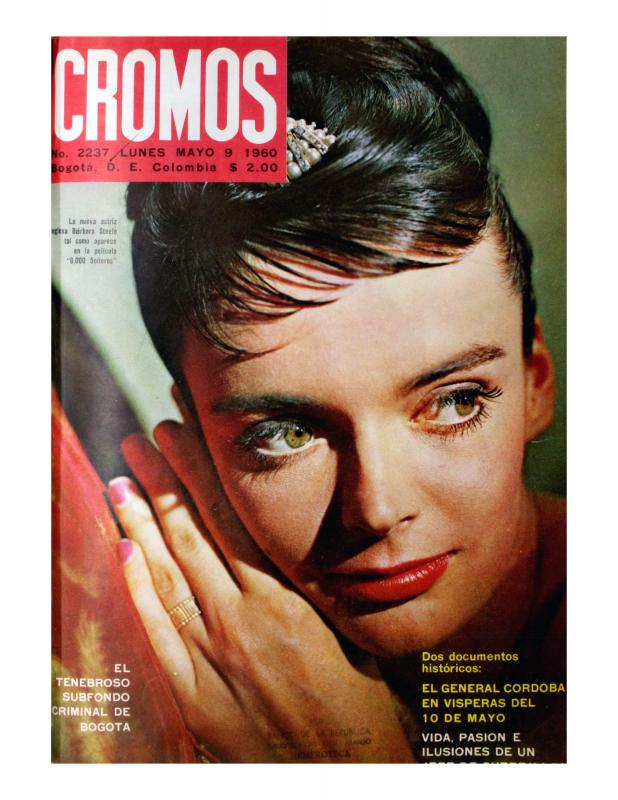This document is important because it includes a discussion on “feminine” art by the Polish-born critic Casimiro Eiger (who settled in Colombia in 1943). In his essay, he wonders about the legitimacy of the term and the circumstances that defined it. Keeping very much in step with the formalist approach that inspired local art production, Eiger addressed the problem from a perspective that understood the artist’s work as a discipline focused strictly on permanent and universal aesthetic elements.
Eiger wrote this essay as the text of his radio address scheduled to air on June 22, 1951 on the program “Exposiciones y museos” [Exhibitions and Museums] broadcast on the Radiodifusora Nacional de Colombia [Colombian National Radio station], where he worked as a commentator and art critic from 1948.
Eiger made a significant contribution to the discourse on the visual arts in Colombia by discussing local art production within the context of western art. He provided names and processes as points of reference for the events and problems that he included in his critiques and reviews. In this particular case, he mentioned the names of certain women in the history of western art: one of the Van Eyck siblings, Angelica Kauffmann, Madame Vigée Le Brun, Rosa Bonheur, Berthe Morisot, and Suzanne Valadon.
The discussion continued as subsequent exhibitions included women artists whose critical reception prompted debates on the question of “femininity” and “the feminine” (On this subject see “Pintoras colombianas” [Colombian Women Painters], doc. no. 1080517, and “Tres pintoras colombianas en la Unión Panamericana” [Three Colombian Women Painters in the Pan-American Union], doc. no. 1080244).


